This is a topic that many of us want to avoid in decluttering. We keep boxes that we never open because dealing with sentimental items can be quite difficult. Let’s look at how to decide what sentimental items to keep in an effort to make the process easier.
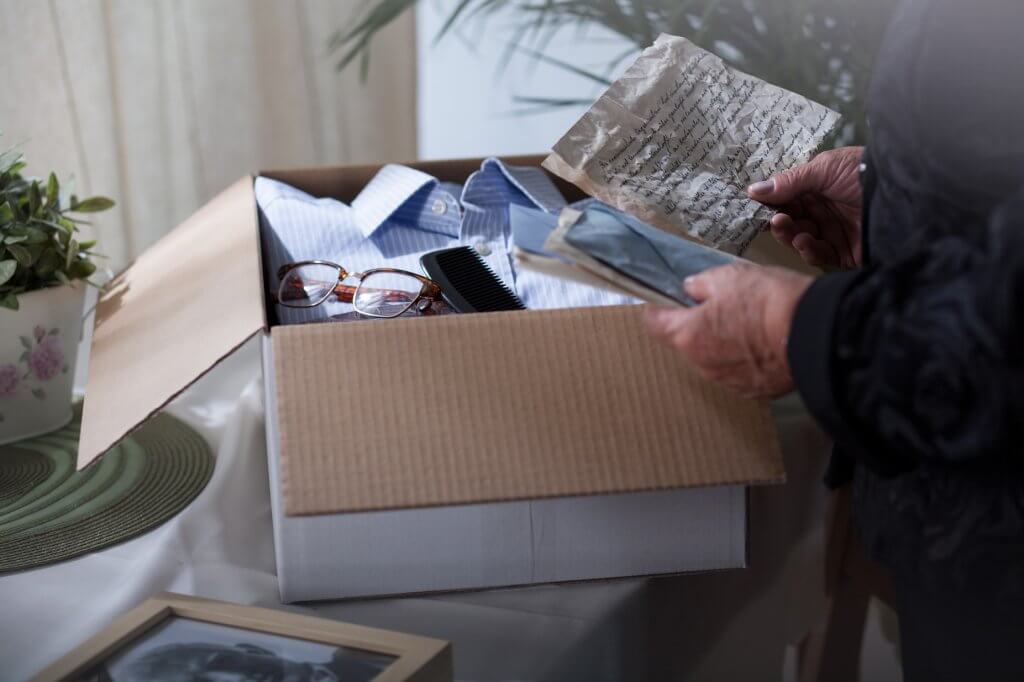
Timing
The timing of when to work on decluttering sentimental items depends a bit on the situation. In most cases, I advocate for decluttering all of the other areas of your house first and saving the room that has most of the sentimental items last.
That can often be a storage area, basement, or garage. The reason behind this is decluttering gets easier as you go. Once you are practiced at making decisions and have gone through the process in other rooms, it will make it easier to decide what sentimental items to keep.
If you want some help in coming up with a plan for decluttering your home, fill out the form below to get the free Declutter Plan of Attack worksheet. It will help guide you from overwhelmed to a simple step by step plan.
An exception to doing sentimental items last would be handling sentimental items when a close relative or friend passes away and you are responsible for dealing with their belongings.
In this case, going through the items (with help and support) sooner is better. You don’t have to go through every single detail at this point, but do go ahead and make decisions on all of the bigger items.
There are far too many storage units full of belongings of people who have passed because no one wants to deal with it. You’ll likely never feel like you want to go through these things, but paring it way down from the get-go will lessen the burden.
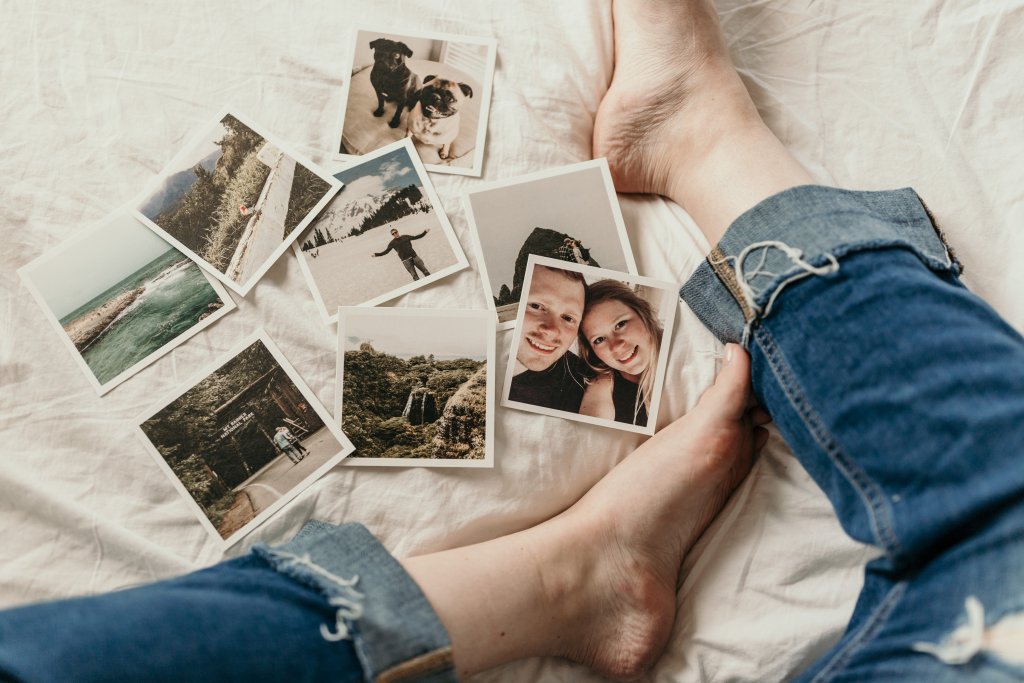
Attaching memories to things
Initially, it may be challenging to figure out how to decide what sentimental items to keep. Before getting started it is important to remember that the belongings are not the person. I am going to say that again. The belongings ARE NOT the person.
It is so easy to attach such strong memories to stuff that we can begin to equate the person with the things. However, that thought process actually diminishes the impact the person had on our lives.
We honor our loved one’s legacies by remembering who they were, the experiences we shared, and what we learned from them.
Letting go of items doesn’t mean the memories will leave us. That person’s imprint is on our lives even when you don’t keep all of their things. I know I don’t want to be remembered for the things I owned.
Some people like to take pictures of items before they let them go. If that helps you, that’s fine. If that means you’ve now taken a ton of pictures that you will never do anything with that will further burden you, then don’t do it.
How to decide what sentimental items to keep
Similar to how you’d evaluate what clutter is in other areas of your home, ask yourself the following questions:
- Is the item something I will use?
- Do I truly love it?
- Do I want it to be a part of my life going forward?
Often the reason we keep sentimental items is based out of pure emotion. It can be hard to think rationally as we look over items that are emotionally charged. Sometimes we are hanging on to the past. That can be from our own past experiences or from people who are no longer with us.
Deciding to let go of items that are no longer of use or beauty to us is freeing. We allow more space in our lives. Letting go of the past isn’t easy but it is necessary in order to move forward.
The memories we’ve made don’t leave us just because the things do. That is not to say that everything needs to go. Being selective is key.
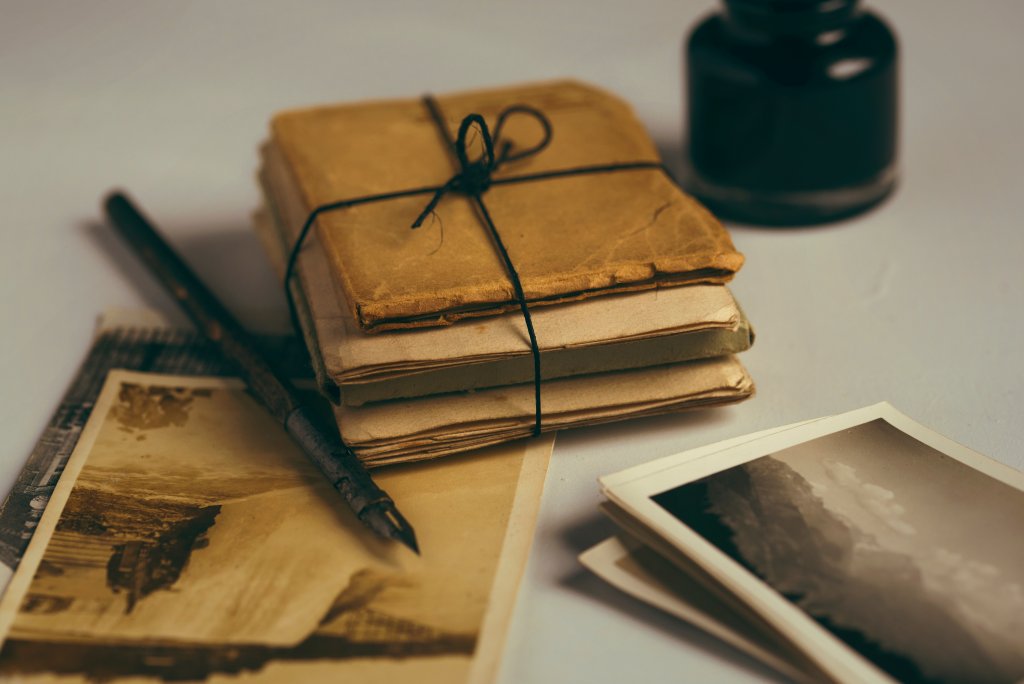
Who am I keeping this for?
Sometimes we hold onto things because we incorrectly believe that someone else in the family will want those items. If you are holding onto things for that reason, have an open conversation with the family member you think wants it.
Be willing to hear that they may not actually want those things you’ve been keeping for them. Let’s choose not to burden each other with stuff. Even if something has meaning to us, that doesn’t mean everyone else will value it the same way. And that’s ok.
Fewer is more meaningful
When you are very selective, the items that you keep are much more meaningful. If you keep everything, then nothing is important.
Picking just a few items that have great meaning to you means they get to shine and aren’t lost in the mess of all of the other things.
Use or display the sentimental items that have a strong positive emotional connection for you. Another option is to keep a box of items that are meaningful for your family’s history. Just be aware of limiting your space and have boundaries with what you’re willing to keep.
What to do with the items you aren’t keeping
What do you do with all of the items you now know you won’t use and don’t want to continue to hold on to?
If you have a very large amount of things, find a local organization that you value and want to support with your donations. You will feel better letting things go if you know they are going to a good cause.
For items that are more valuable, you could consider selling them, but be aware that this will take extra time, effort, and energy (and things often aren’t worth what we think they are).
With some of the items that are more meaningful, see if a friend or family member wants them and will make use of them. If you have a family historian, check with them. Don’t guilt anyone into taking it though.
Another option is to post in your local buy nothing group. It can be easier to let items go when you see who the recipient is and know that someone else will value those items.
As you work through how to decide what sentimental items to keep, give yourself some grace and be patient as you make decisions. Have a trusted friend help you if needed. Letting go is hard but can also bring peace and healing.
“Let’s live lightly, freely, courageously, surrounded only by what brings joy, simplicity, and beauty.” Shauna Niequist
Want to keep up to date on the latest Simplicity Habit information? Sign up below and also receive the Declutter Plan of Attack worksheet!

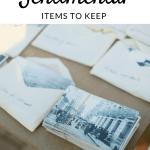
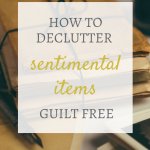

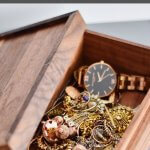
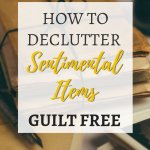




In the last years of my mum’s life, I had her photos saved and collated into photobooks. A colossal task. I added all those sentimental things too. Even took photos of favourite or heirloom furniture to include in her places lived book. I’ve repurposed doilies and samplers and shared out crocheted and knitted garnets and rugs she lovingly made. Hundreds over her lifetime. What a legacy. Now the photobooks are our memories.